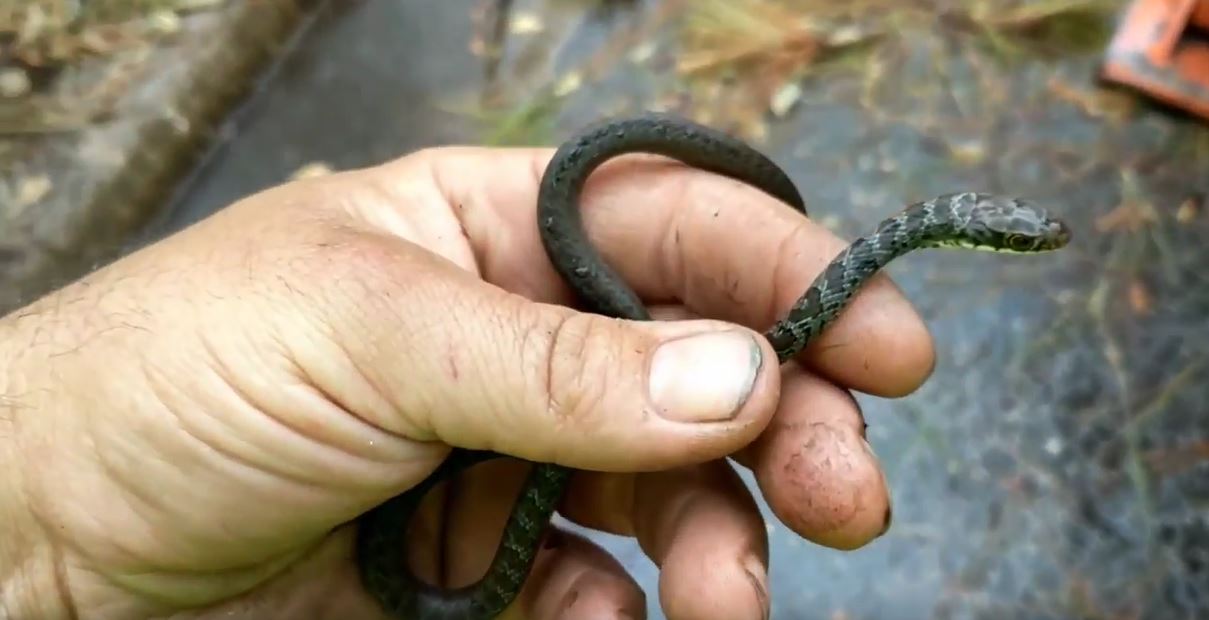The Black Racer Snake: Appearance, biology, life cycle, habitat, diet, behavior

Biology
Another name for the black racer snake is Coluber constrictor priapus. This snake is one of the most common non-venomous snakes in the southern part of the United States. One of the most notable characteristics of this snake species is that they are only active during the daytime.
Black racer snakes have a gray stomach, their dorsal side is black, and the whim of these snakes is white in color. These snakes are very fast because they are active during the day. Scientists believe that black racer snakes can’t distinguish various colors, i.e. they are color blind snakes. These snakes shed their skin only once a year. They can grow to be 70 inches in length but their average length is 55 inches.
It is important to mention that black racer snakes are rarely prone to constricting their prey although they belong to the constrictor snakes.
Habitat
The black racer snake is mainly found in the southern part of the United States. Besides this snake is called the black racer snake, they are also called the Blue Runner, Black Runner, and the Blue Racer. You can mostly find the black racer snake in wooded areas of the southern United States. That means you can find this snake in fields, thickets, forested areas, brushes, and in big gardens. You can also find the black racer snake in suburban yards of the southern United States.
The black racer snake employs two defense mechanisms. The first is vibrating their tail and the second one is the “kink” technique. The “kink” technique is when a black racer snakes takes the shape of a fallen branch.
Behavior
The black racer snake is an excellent climber and an excellent swimmer. This snake can move quickly, hence their name. Black racer snakes rarely bite when they feel threatened. Instead of biting, they choose to run away. This is why people consider the black racer snake a domestic snake.
The biggest threat to the black racer snake is humans. Each year, thousands of black racer snakes are unintentionally killed by cars. Other threats to the black racer snakes include falcons and eagles.
Diet
Black racer snake’s diet consists of mice, rats, moles, lizards, small snakes, and rodents.
Reproduction
Black racer snakes reproduce and give birth in the early spring or in summer. They can lay a maximum of 20 eggs per year
The Black Racer Snake: Appearance, biology, life cycle, habitat, diet, behavior
SNAKE CONTROL: We specialize in snake control projects. Call us now for snake control in your city or town.
Go back to the How to get rid of snakes page to learn more about The Black Racer Snake: Appearance, biology, life cycle, habitat, diet, behavior
To find out our prices for snake control, visit our snake removal prices page.


